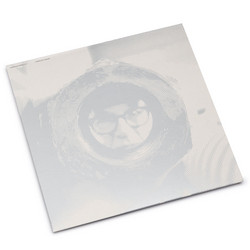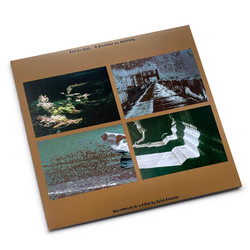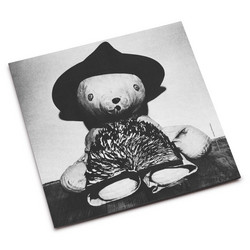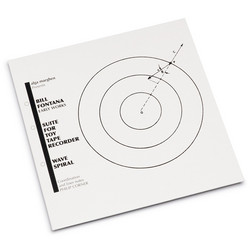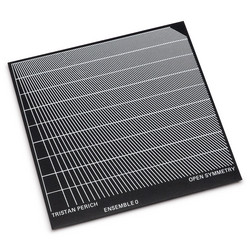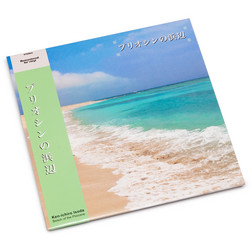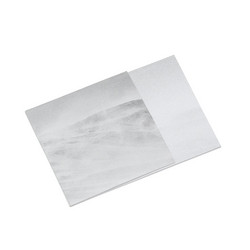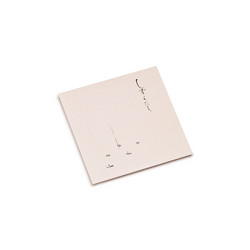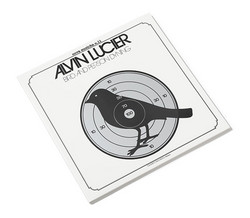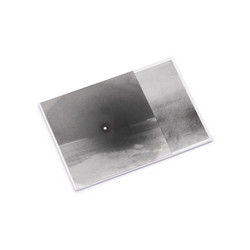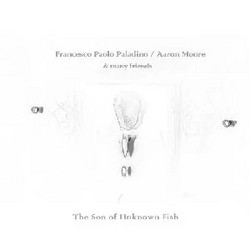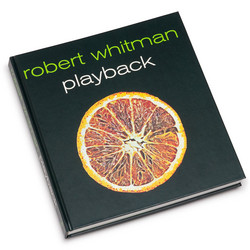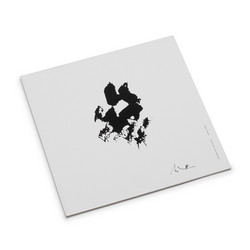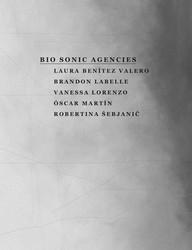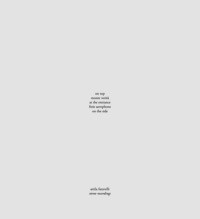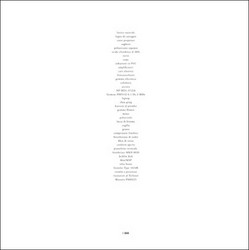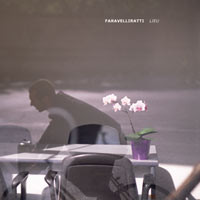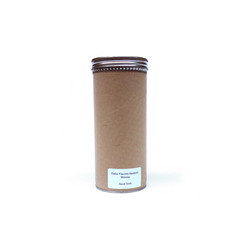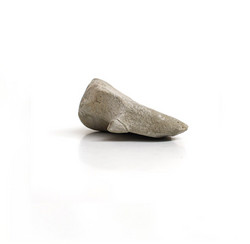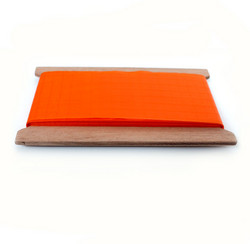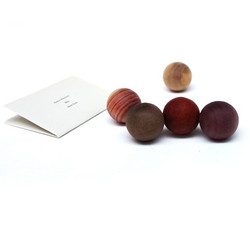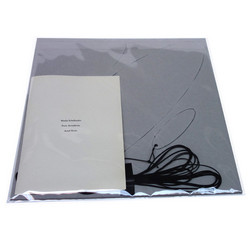Trifoglio is a portable mid/side stereo speaker. The device is designed to be listened to while holding it in the hands (like a book) and plays music created specifically for it* by different artists: as soon as new contributions are available they are published online.
Current sound compositions by: Adam Asnan, Alessandro Bosetti, Andrea Belfi, Andy Guhl, Attila Faravelli, Choi Joonyong, Dario Lozano-Thornton, Enrico Malatesta, Fabio Selvafiorita, Felicity Mangan, Francisco Meirino, Giovanni Lami, Giuseppe Ielasi, Glauco Salvo, Ilaria Lemmo, Luciano Maggiore, Marco Fusinato, Massimiliano Viel, Massimo Carozzi, Matija Schellander, Mem 1, Nicola Ratti, Noid, Ottaven, Seijiro Murayama, Simon Whetham.
* Please note that music composed for Trifoglio can be played with normal speakers, but it won’t sound as intended as it is made specifically for the way the device radiates sound. At the same time, while Trifoglio can reproduce any music, audio would require to be adapted for it (through mid/side encoding).
Instructions:
- Turn Trifoglio on by the vertical switch on the back. Turn on Bluetooth on phone or computer.
- Pair phone or computer with MH38.
- Stream or download sounds by the QR code in the booklet.
- Hold Trifoglio in the hands, as if reading a book. Slightly different distances from the head, different listening spots in a room, as well as different rooms’ acoustics, deliver a more or less emphasized sense of space in the reproduced sound.
- To recharge the battery, a micro USB port is found in the upper part of the device’s back (any smartphone charger will work).
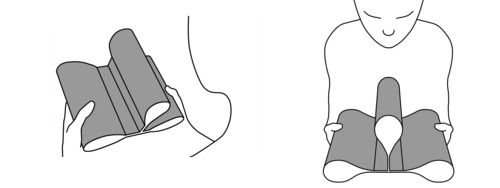
«A few years ago, I felt unsatisfied with the way that some of my recordings sounded through normal speakers: they sounded flat, as if all the elements were placed in a straight line. In reading about speaker technology, I discovered that a speaker’s wooden box is meant to separate the front of a cone from its rear. A speaker is an air piston: while pushing the air in front of it, it also pulls air in from the back. Most of a speaker’s acoustic energy is lost unless the back of a cone is sealed inside a box. Such a barrier keeps the opposite directions’ airflows from canceling one other.
I wanted to test this theory directly by disassembling some ordinary speakers. I realized that an open cone, if listened to at a close distance, produces a sound field in which the listener perceives a sound with two inverted directions. Far from being hi-fi, this strange sound field is intriguing and lively, more akin to the experience of being in the real world amongst complex sounds. Holding the cones in my hands, I also perceived the speakers’ haptic presence, which kept me from doing other things while listening. This seemed especially relevant to me, given that most people listen to music with divided attention.
I designed Trifoglio with the experience of reading a book in mind: it is immersive, but unlike headphone listening, does not require shutting out the external world. The physical object is as black as possible, so as to minimize visual distractions. Trifoglio was conceived of for short, focused listening sessions. Its curved shape acts like a parabola, directing sound toward the listener’s head and ears, while smoothing out any discomfort resulting from the experience of listening to a speaker with inverted polarities. The open cone’s design results in an omnidirectional sound field, causing Trifoglio to interact with a room’s aural character more than other speakers that project sound primarily from the front.
My initial idea was to release Trifoglio with my own sound works. However, the design process also involved a great deal of testing. Over time, I put the object in the hands of many friends (mostly musicians and sound artists) in order to get advice on how its sound could be improved. A number of these colleagues demonstrated curiosity in creating original music specifically for the object. This response has led the project to take an open form: I provide the device to musicians, and make their sounds available for streaming or download.» - Attila Faravelli, Aural Tools
Project by Attila Faravelli, with the support from Cardelli&Fontana artecontemporanea and Sonic Arts Award.
A re-run of Trifoglio was realized within the Pianpicollo Research Residency, with support from Fondazione Cassa di Risparmio di Cuneo and Regione Piemonte.
